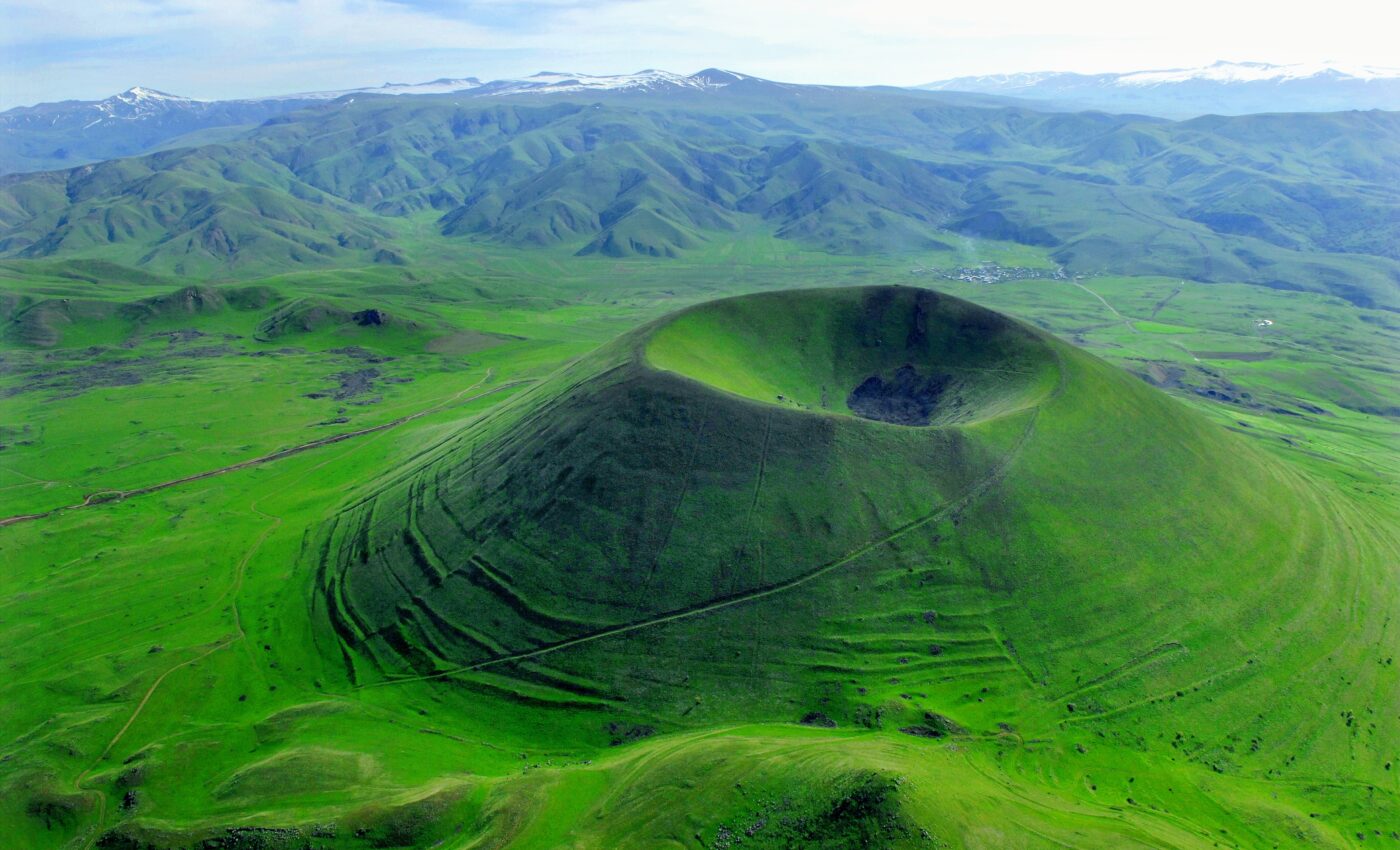
Long dormant volcanoes are capable of explosive eruptions
A study conducted by Hungarian scientists sheds light on the unpredictability and potential dangers of long dormant volcanoes.
This research, focusing on Ciomadul, the youngest volcano in the Carpathian-Pannonian region, reveals critical insights into the triggers and nature of explosive volcanic eruptions after prolonged periods of dormancy.
Inactive volcanoes
Volcanic eruptions from seemingly inactive volcanoes have long puzzled scientists and posed significant hazards. The key question revolves around whether a volcano can erupt after tens of thousands of years of inactivity.
Understanding this phenomenon is crucial for volcanic hazard assessment and draws attention to volcanoes that are considered dormant.
Focus of the study
A team from ELTE Eötvös Loránd University‘s Institute of Geography and Earth Sciences and the HUN-REN-ELTE Volcanology Research Group, in collaboration with European scientists, embarked on a detailed study of Ciomadul.
The researchers analyzed high-resolution mineral texture and chemical composition data. The goal was to investigate the conditions under which magma evolves, the architecture of the magma reservoir, and the characteristics of crystal mush and recharge magmas that trigger eruptions.
Eruptive history
The research team had previously revealed the eruptive history of Ciomadul based on radioactive decay signatures in zircon crystals.
Professor Szabolcs Harangi, leader of the research project, noted that there have been several long periods of dormancy in the almost million-year life of the volcano. “But even after tens of thousands, sometimes even more than 100,000 years of quiescence, volcanic eruptions started again!”
Eruption styles
The most significant volcanic activity occurred in the last 160,000 years, characterized by various eruption styles.
Barbara Cserép, a PhD student, examined the youngest eruption products, which are marked by more dangerous, explosive eruptions compared to previous activities. Understanding the shift in eruption style is crucial for assessing volcanic hazards.
Chemical composition of minerals
The researchers analyzed the chemical composition of minerals in the pumices formed during the explosive volcanism from 56,000 to 30,000 years ago. This comprehensive analysis helped unravel the magma reservoir system’s architecture and the processes leading to explosive eruptions.
Amphibole, a key mineral in this study, showed significant chemical composition variations, representing different magma conditions.
Some amphiboles indicated a low-temperature, highly crystalline magma reservoir, while others suggested transportation from deeper, higher-temperature recharge magmas.
New insights
“Compared to the previous, lava dome-forming eruptive period, these fresh recharge magmas carried amphibole with a distinct composition, i.e. these magmas were slightly different, and this could play an important role in why the eruption became explosive,” said Harangi.
The outermost rim of the crystals and the iron-titanium oxides provided insights into the magma conditions just before eruptions.
Postdoctoral researcher Máté Szemerédi said the iron-titanium oxides, which equilibrate rapidly with changing magma conditions, indicated that the erupted magma was at 800-830 degrees Celsius and was oxidized.
Study implications
While the Ciomadul volcano currently shows no signs of reawakening, the study confirms that the reactivation of dormant volcanoes can occur swiftly. This highlights the importance of quantitative volcano petrology studies in reconstructing subvolcanic magma reservoir structures and understanding pre-eruption signals.
“This research is novel in the sense that it is performed in a long-dormant volcano, and as a result, the Ciomadul volcano is receiving an increasing international attention,” said Harangi.
The study emphasizes the need to include long-dormant volcanoes in hazard assessments, especially if there’s evidence of melt-bearing magma beneath them.
The study is published in the journal Contributions to Mineralogy and Petrology.
Like what you read? Subscribe to our newsletter for engaging articles, exclusive content, and the latest updates.
—-
Check us out on EarthSnap, a free app brought to you by Eric Ralls and Earth.com.













